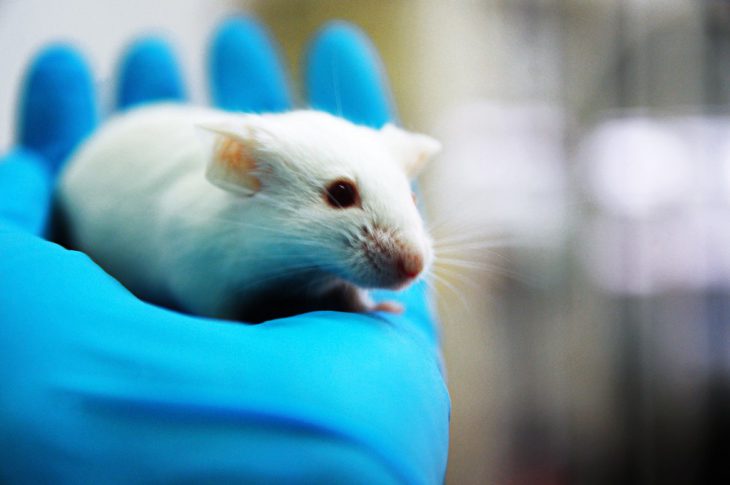Research into aging and age-related diseases is an incredibly active area of research, with the National Institute of Aging (NIA) receiving an operating budget in 2020 of $3.5 billion. The majority of NIA funds centers on specific age-related diseases, such as Alzheimer’s disease and related types of dementia. This makes sense to some degree. After all, age is the main risk factor for many of the most prevalent diseases in developed nations, such as cancer, cardiovascular diseases, and neurodegenerative diseases. However, research that focuses on the biological mechanisms behind aging receives less popular attention. What is it about our biology that causes us to age?
There are some key regulators of healthy lifespan that scientists and researchers have known about for over a century. Caloric restriction, or reduced food intake, leads to extended lifespans in many different animal models. Eating less, quite simply, makes animals live longer. However, the exact biological underpinnings for this are still under investigation. A few biological pathways related to the sensing of an abundance of nutrients have been identified, such as insulin, and blocking these pathways (analogous to restricting calories) were shown to improve lifespan in both yeast and mammals.
In the same way, the activation of pathways which sense low energy also leads to an increase in lifespan in many animal models. One of these pathways related to low energy states involve the sirtuins, a family of proteins that have been known to impact on aging since the 1990s, where an increase in a sirtuin gene was demonstrated to increase the lifespan of yeast. Interestingly, sirtuin levels increase in times of caloric restriction in both mouse and human cells. In mammals, there are seven sirtuins, named SIRT1 through SIRT7, and they are implicated in a wide range of biological pathways, including DNA repair, cancer, metabolism, and aging.
Recently, researchers investigated whether an increase in the levels of SIRT6 in particular would lead to extension of both lifespan as well as healthy aging in mice. To do this, they raised mice that were genetically modified to have higher levels of SIRT6, and then compared them to normal mice. The researchers then allowed these two groups of mice to live out normal lives, collecting data about them both during their lives and after death. The researchers found that mice with higher levels of SIRT6 lived significantly longer, with a 27% increase in median lifespan in males and a 15% increase in females.
In addition, the SIRT6 mice fared better on a number of other measures related to healthy aging, such as improved blood health markers. In both mice as well as humans, anemia (low red blood cells and hemoglobin) is a condition that is characteristic of old age. Researchers found that “old” SIRT6 mice had higher red blood cell and hemoglobin counts, at levels similar to those found in young regular mice. The SIRT6 mice also had higher levels of physical activity for longer into their old age, compared to normal mice which progressively became less active as they got older.
The field of aging research is rapidly evolving, with many different mechanisms of aging being investigated. The researchers of this article propose that as more is uncovered about how SIRT6 regulates aging, perhaps it can be targeted as a therapy to delay the onset of frailty associated with aging.


